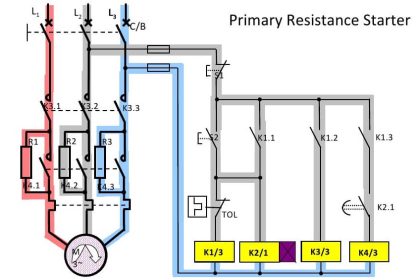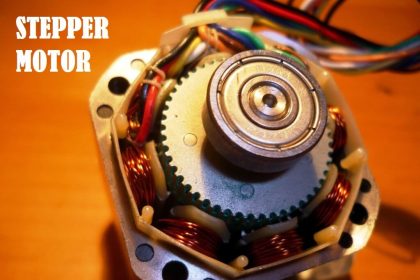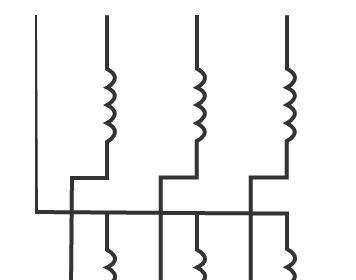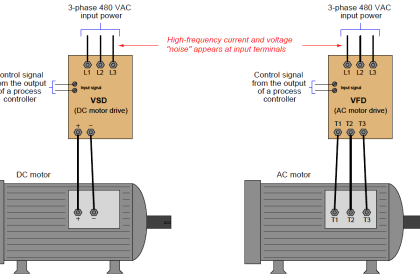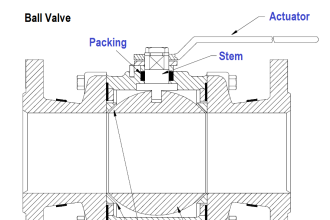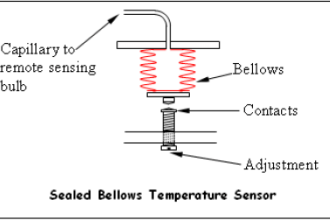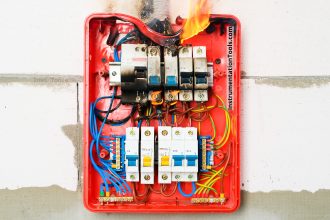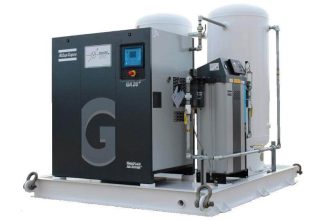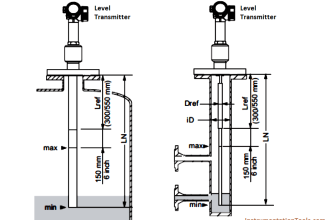During normal operation of the Synchronous Generator or Alternator excitation to the rotor is provided by the small DC generator running on the same shaft along with main generator. When synchronous generator delivering power to the grid or load it delivers both real power and reactive power to the system. Reactive power is the magnetizing power which helps to deliver the real power from source to the load and also reactive power helps to improve the voltage of the system. Almost all the loads (except capacitance loads) in the power system draws reactive power from system. Alternators, synchronous condensers and capacitor banks connected in the power systems are the only sources of reactive power.
Real power delivered by the generator (MW output power) is governed by the prime mover and the Reactive power delivered (MVAR output ) is governed by the field excitation. When field excitation to the synchronous generator is lost then synchronous generator operates as induction generator and instead of delivering reactive power it absorbs the reactive power from the system as much as 2 to 4 times the generator’s rated load. However the real power (MW output) delivered by the induction generator will remain almost the same as this is controlled by the prime mover.But loss of generator’s reactive power in the system may cause instability to the system. Also, as alternator is operating as induction generator, high currents are induced in to the rotor teeth and wedges and may damage the rotor of the generator. However large alternators are designed to withstand this induced currents.
Immediate tripping of alternator in the case of loss of excitation is not necessary unless the terminal voltage of the generator falls below desired limit due to voltage collapse. Loss of excitation relay (40G) is used for sensing the loss of excitation.

